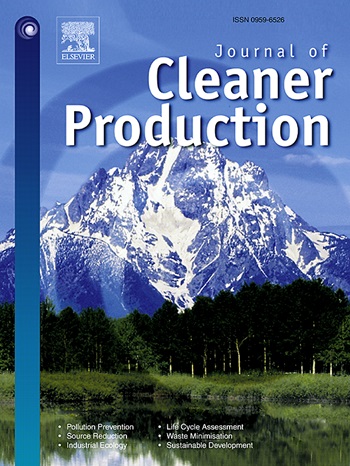建筑环境碳汇潜力评估:基于自下而上高分辨率方法的中国40个城市研究
IF 9.7
1区 环境科学与生态学
Q1 ENGINEERING, ENVIRONMENTAL
引用次数: 0
摘要
建筑环境通常被认为是碳排放的来源;然而,它作为碳汇的潜力在很大程度上被忽视了。本研究采用自下而上的高分辨率方法估算了中国40个城市的碳汇,考察了城市间和城市内的空间格局、差异以及不同土地利用类型的贡献。结果表明,拉萨地区碳汇总量为1325 Mt,北京地区为628.12 Mt。总体的空间格局是中心城区碳汇值较高,向周边逐渐降低。碳汇与排放比在0.282 ~ 0.299之间变化,平均值为0.294,表明建筑环境中的碳汇可以抵消其自身碳排放的约三分之一。此外,城市建筑环境碳汇分布的基尼系数存在显著的不平衡,其中温州(0.797)的不平衡程度最高。对土地利用的进一步分析表明,住区碳汇贡献最大,占总碳汇的42.4%。研究结果为优化城市碳储量、制定有针对性的空间规划政策提供了科学依据,从而支持城市低碳可持续发展。本文章由计算机程序翻译,如有差异,请以英文原文为准。
Assessing carbon sink potentials in the built environment: A study of 40 Chinese cities using a bottom-up high-resolution approach
The built environment is typically considered a source of carbon emissions; however, its potential as a carbon sink has largely been overlooked. This study develops a bottom-up high-resolution approach to estimate carbon sinks in 40 Chinese cities, examining both inter-city and intra-city spatial patterns, disparities, and the contributions of various land use types. The results reveal that total carbon sinks range from 13.25 Mt in Lhasa to 628.12 Mt in Beijing. A general spatial pattern is observed, with higher carbon sink values in central urban areas, which progressively decrease towards the peripheries. The carbon sink-to-emission ratio varies from 0.282 to 0.299, with an average of 0.294, suggesting that the carbon sink in the built environment can offset approximately one-third of its own carbon emissions. In addition, the Gini coefficient indicates significant imbalance in the distribution of carbon sinks within the urban built environment, with Wenzhou (0.797) exhibiting the highest inequality. Analysis of land use further shows that residential areas make the largest contribution, accounting for 42.4 % of total carbon sinks. These findings provide a scientific foundation for optimizing urban carbon storage and inform targeted spatial planning policies, thereby supporting low-carbon and sustainable urban development.
求助全文
通过发布文献求助,成功后即可免费获取论文全文。
去求助
来源期刊

Journal of Cleaner Production
环境科学-工程:环境
CiteScore
20.40
自引率
9.00%
发文量
4720
审稿时长
111 days
期刊介绍:
The Journal of Cleaner Production is an international, transdisciplinary journal that addresses and discusses theoretical and practical Cleaner Production, Environmental, and Sustainability issues. It aims to help societies become more sustainable by focusing on the concept of 'Cleaner Production', which aims at preventing waste production and increasing efficiencies in energy, water, resources, and human capital use. The journal serves as a platform for corporations, governments, education institutions, regions, and societies to engage in discussions and research related to Cleaner Production, environmental, and sustainability practices.
 求助内容:
求助内容: 应助结果提醒方式:
应助结果提醒方式:


